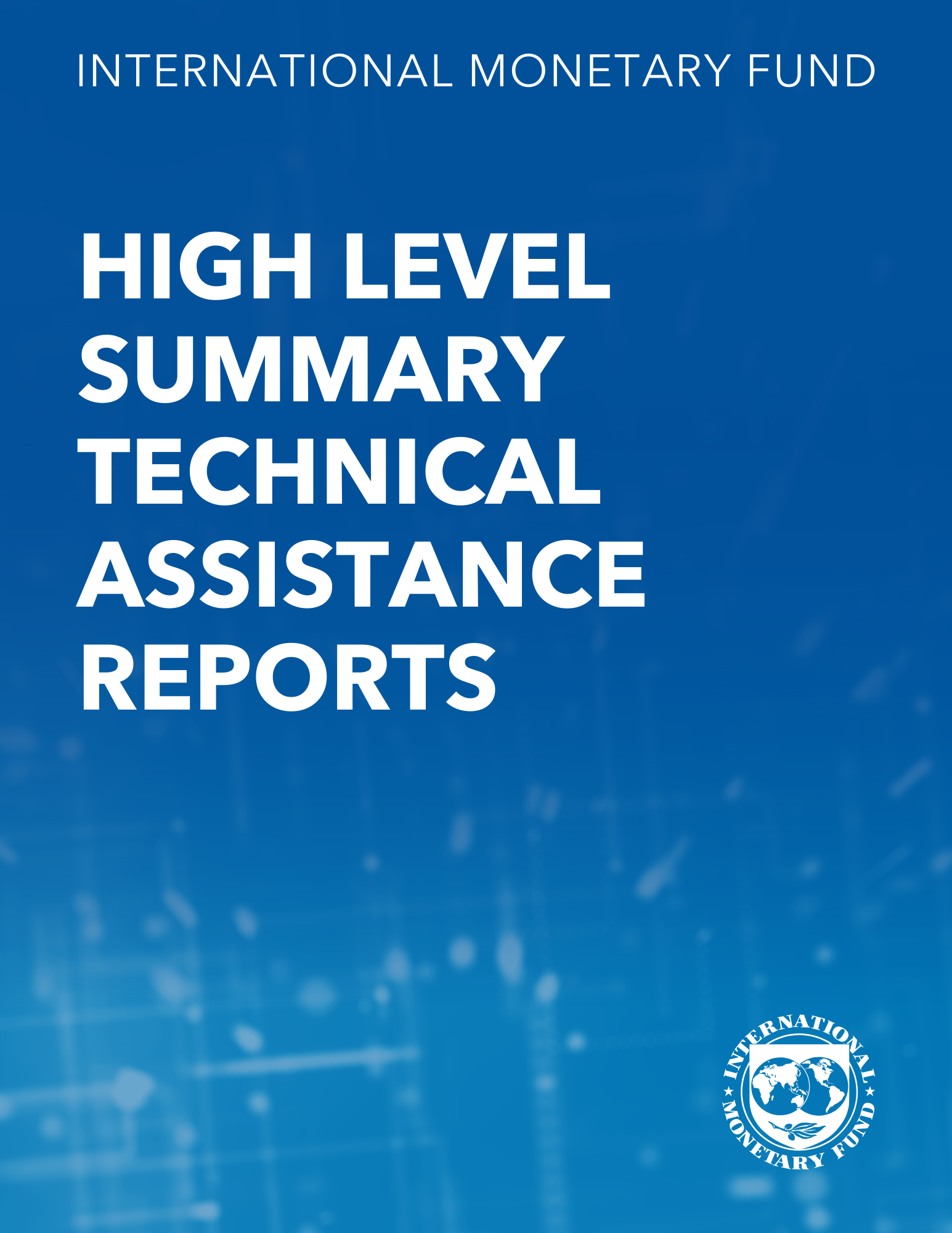A Dynamic Model of Inflation for Kenya, 1974–1996
July 1, 1999
Disclaimer: This Working Paper should not be reported as representing the views of the IMF.The views expressed in this Working Paper are those of the author(s) and do not necessarily represent those of the IMF or IMF policy. Working Papers describe research in progress by the author(s) and are published to elicit comments and to further debate
Summary
This paper analyses the dynamics of inflation in Kenya during 1974–96, a period characterized by external shocks and internal disequilibria. By developing a parsimonious and empirically constant error correction model the paper finds that the exchange rate, foreign prices, and terms of trade have long-run effects on inflation, while the money supply and interest rate only have short-run effects. The dynamics of inflation are also found to be influenced by food supply constraints. Moreover, inertia is important for the period up to 1993, when about 40 percent of current inflation was transmitted to the next quarter. After 1993 inertia drops to about 10 percent.
Subject: Exchange rates, Foreign exchange, Inflation, International trade, Monetary base, Money, Prices, Real exchange rates, Terms of trade
Keywords: Cointegration, drives inflation, Error Correction Model, exchange rate, Exchange rates, Food supply, Inertia, Inflation, inflation expectation, inflation inertia, Kenya, maize-price inflation, Monetary base, Money demand, rate of inflation, Real exchange rate, Real exchange rates, Terms of Trade, WP
Pages:
36
Volume:
1999
DOI:
---
Issue:
097
Series:
Working Paper No. 1999/097
Stock No:
WPIEA0971999
ISBN:
9781451852004
ISSN:
1018-5941







